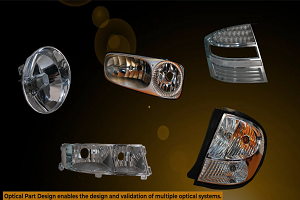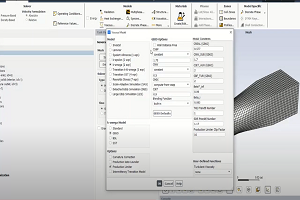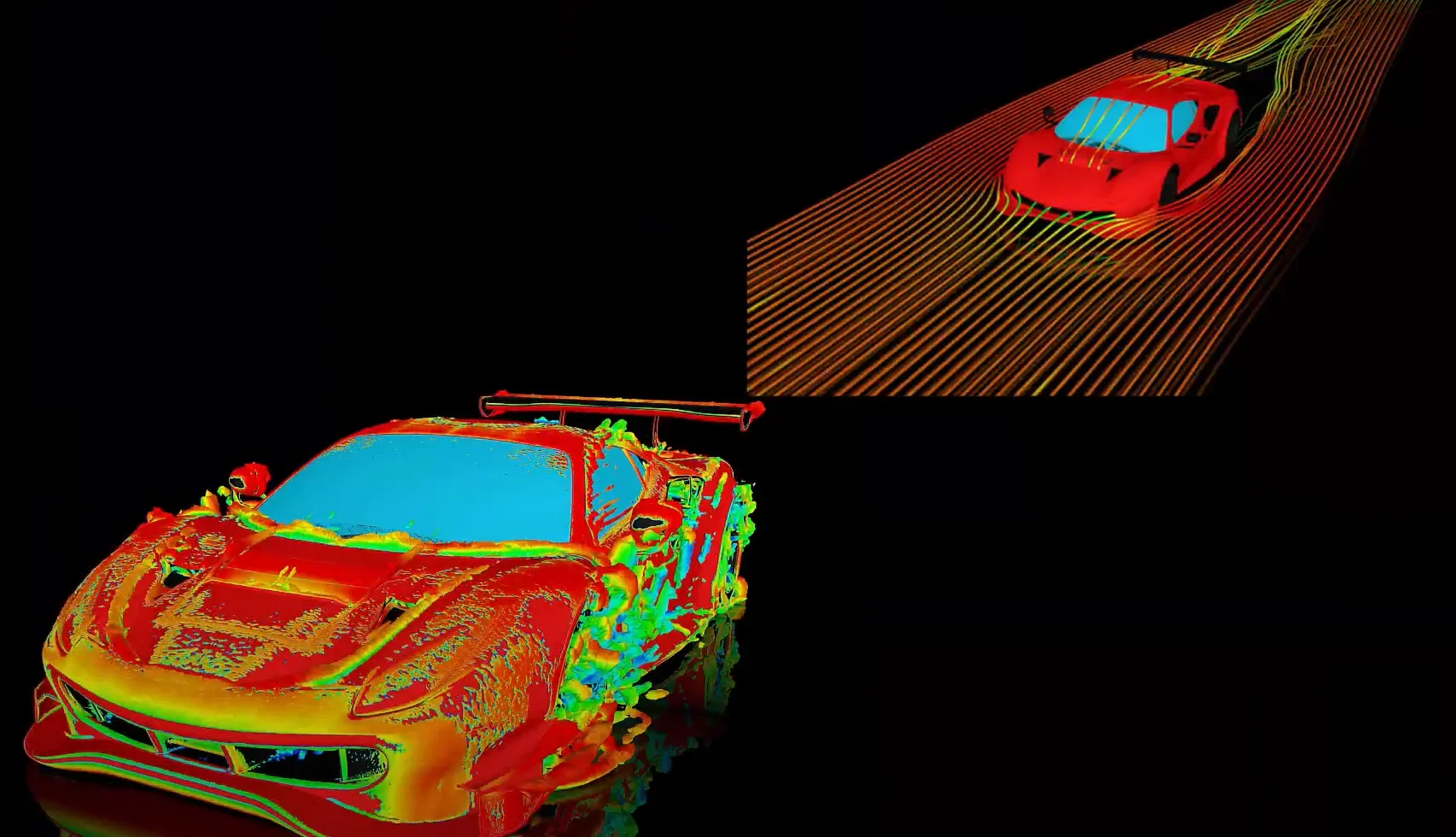What is the best way to prevent overlapping contacts for a non-conformal Fluent mesh in ANSYS Meshing?
Tagged: 19.1, Cleanup/Connections, contacts, fluent-meshing, fluid-dynamics, General, meshing
-
-
April 5, 2023 at 2:33 pm
 FAQParticipant
FAQParticipantOverlapping contacts occur when a face appears in more than one mesh connection. The most common cause of overlapping contacts is incomplete face imprinting. If model part faces are fully imprinted on each other, each face on one part will find a partner face on an adjacent part when the mesh contacts are calculated. For incomplete imprints, some faces may have no partners, or more than one partner, resulting in wrong or incomplete contacts. A single face that connects to faces on 2 different bodies produces an overlapping contact. When approaching any new imported geometry, doing the following checks should minimize problems with overlapping contacts: 1. Zoom into the model in DM and check the faceting. Concentric arcs should not cross each other. 2. If there is poor resolution, go to Tools> Options > Graphics and increase the facet quality until the curves look smooth. Use the lowest value of facet quality that achieves this improvement. 3. If non-conformal mesh connections are required, imprint all the faces of connecting bodies onto each other. 4. In Meshing, contacts will be affected by facet quality, mesh resolution and the tolerance that is used for contact detection. 5. Measure the smallest critical gap or object in the geometry and set a tolerance Value that is 1/2-1/5 of that 6. Turn on Edge-Edge detection for contacts so that you can check/enforce the mapping of face perimeter edges (this also gives you an additional check of the connections, since number of edges should match on each side). 7. For a reduced number of contacts, group by parts for easier checking. 8. After contacts have been generated, inspect face connections visually – check that number of faces is equal on both sides of a connection. 9. Right-click on Contacts and check overlapping or duplicate connections1 10. Export mesh from ANSYS Meshing as a quick check that it will be accepted by Fluent
-


Introducing Ansys Electronics Desktop on Ansys Cloud
The Watch & Learn video article provides an overview of cloud computing from Electronics Desktop and details the product licenses and subscriptions to ANSYS Cloud Service that are...

How to Create a Reflector for a Center High-Mounted Stop Lamp (CHMSL)
This video article demonstrates how to create a reflector for a center high-mounted stop lamp. Optical Part design in Ansys SPEOS enables the design and validation of multiple...

Introducing the GEKO Turbulence Model in Ansys Fluent
The GEKO (GEneralized K-Omega) turbulence model offers a flexible, robust, general-purpose approach to RANS turbulence modeling. Introducing 2 videos: Part 1 provides background information on the model and a...

Postprocessing on Ansys EnSight
This video demonstrates exporting data from Fluent in EnSight Case Gold format, and it reviews the basic postprocessing capabilities of EnSight.

- How to overcome the model information incompatible with incoming mesh error?
- Skewness in ANSYS Meshing
- What are the requirements for an axisymmetric analysis?
- Ansys Fluent GPU Solver FAQs
- Is there a way to get the volume of a register using expression ?
- How to create and execute a FLUENT journal file?
- What are pressure-based solver vs. density-based solver in FLUENT?
- What is a .wbpz file and how can I use it?
- How to get information about mesh cell count and cell types in Fluent?
- How can I Export and import boxes / Systems from one Workbench Project to another?

© 2025 Copyright ANSYS, Inc. All rights reserved.

